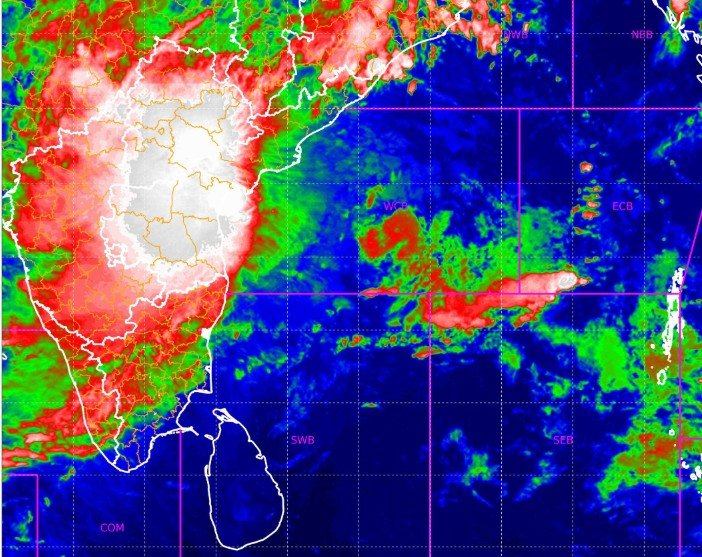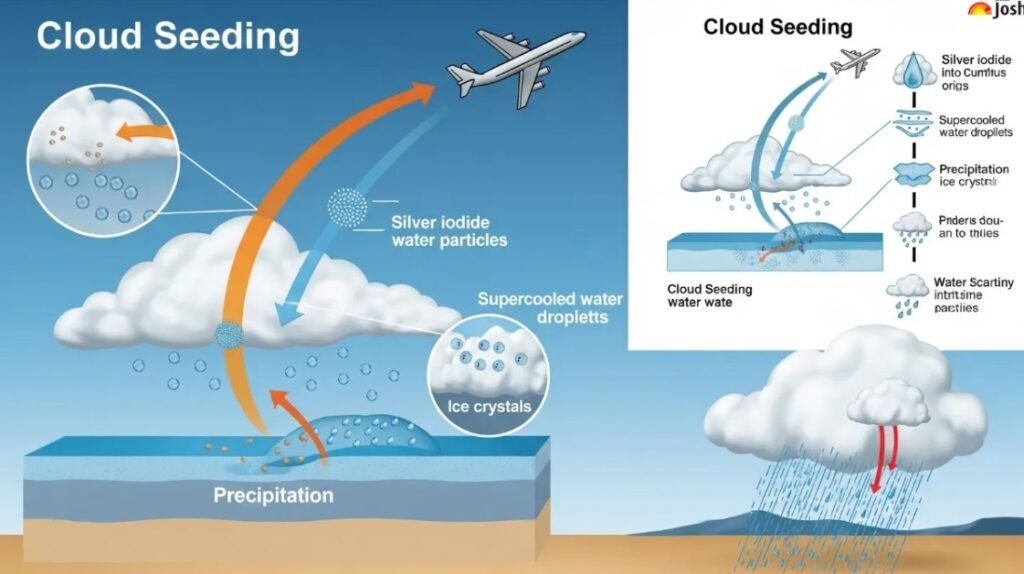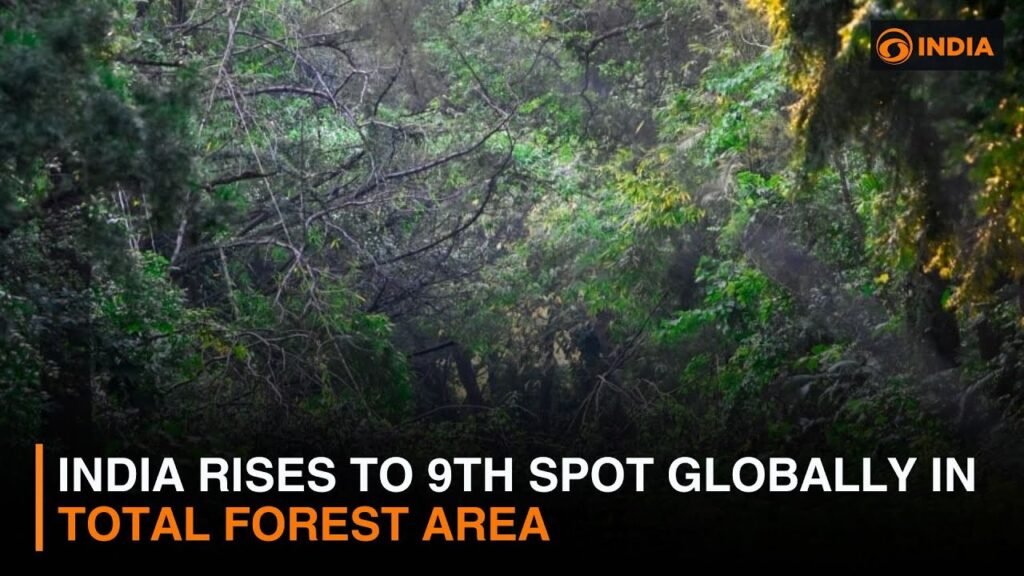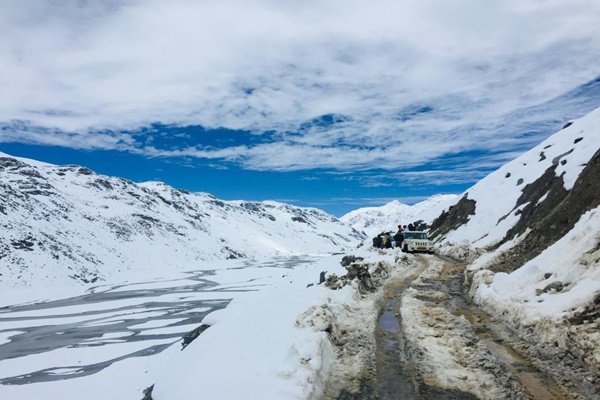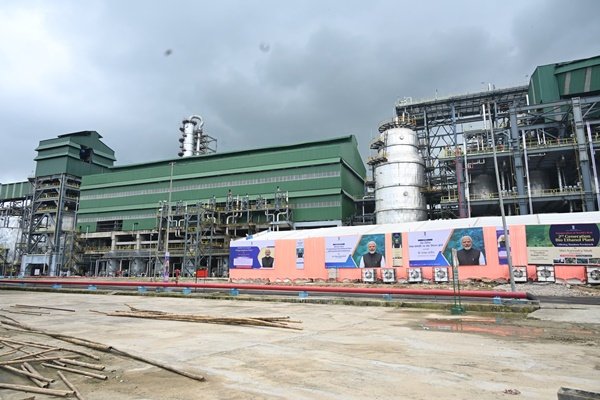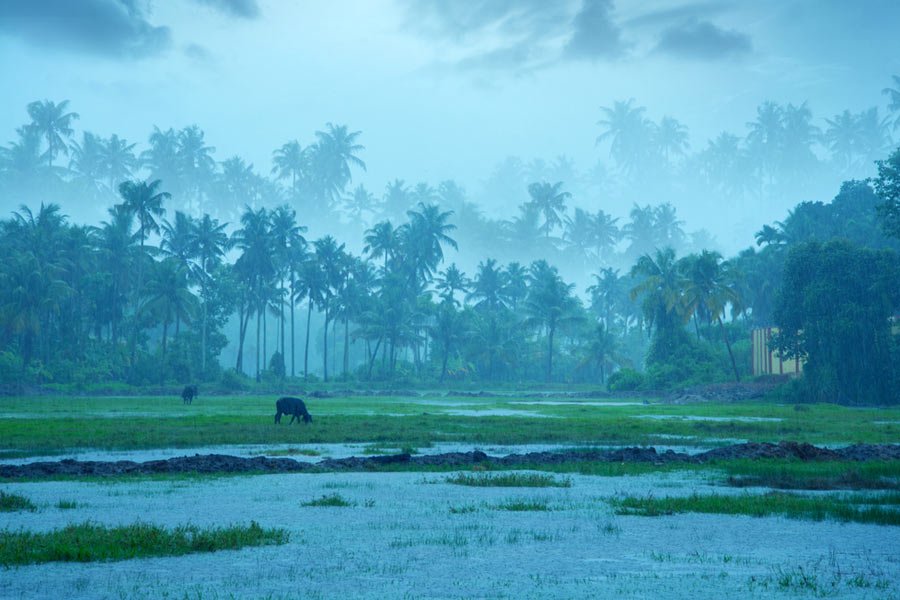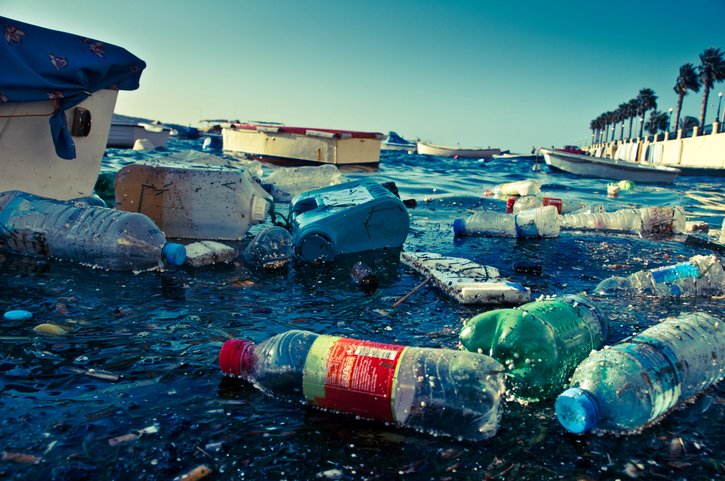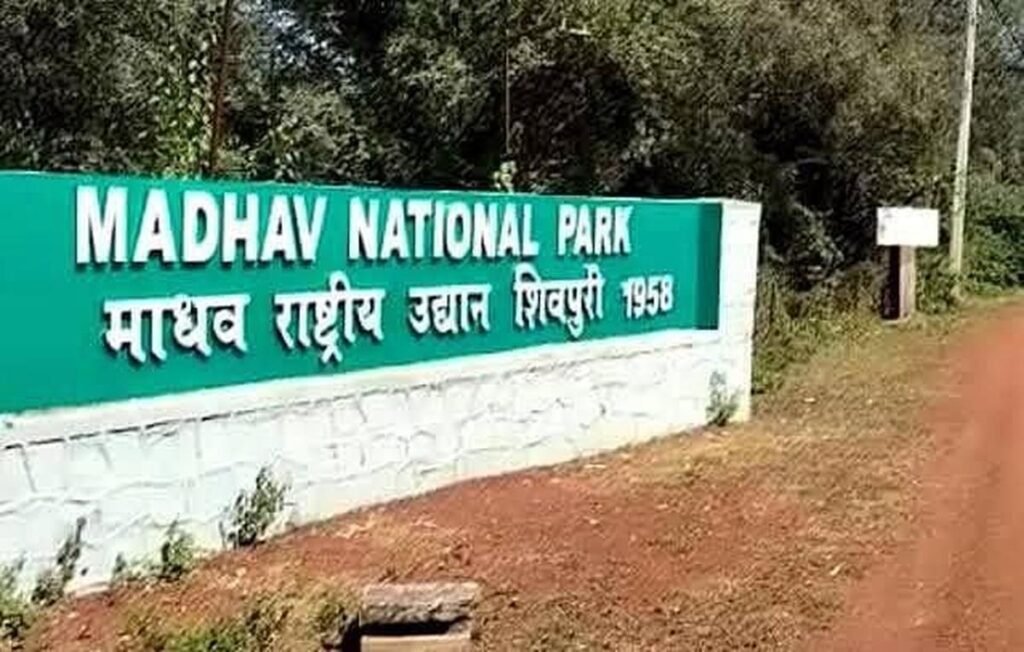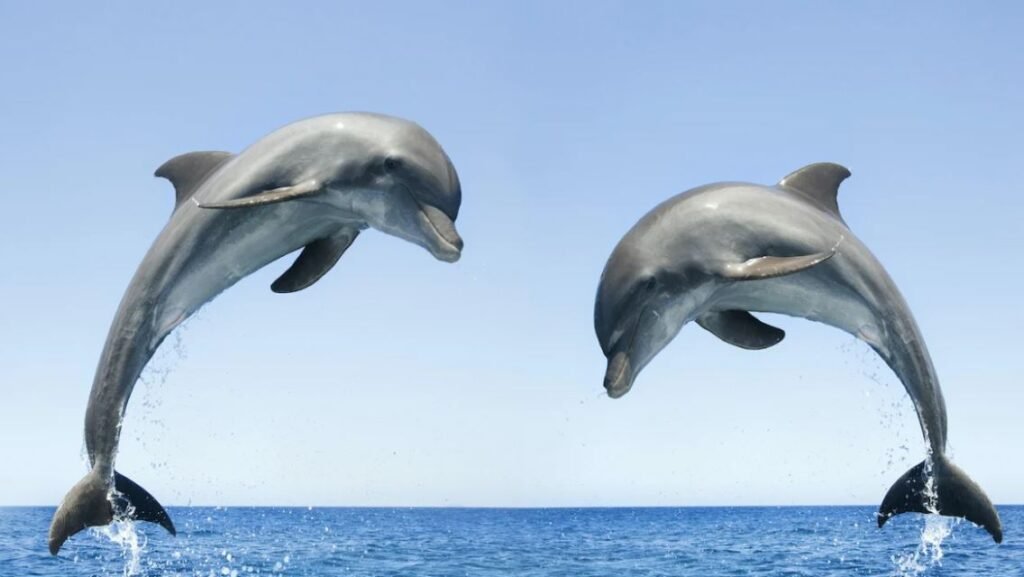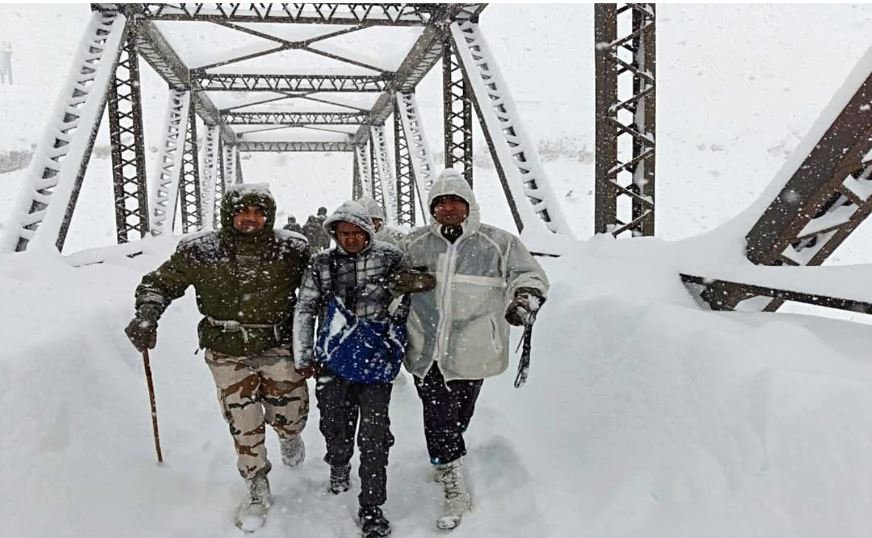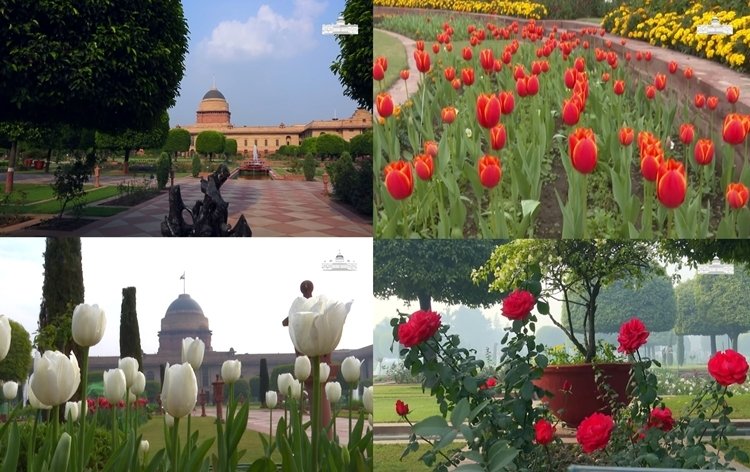Botswana Hands Over Cheetahs to India under Project Cheetah
On 13 November 2025, Botswana handed over eight cheetahs to India under Project Cheetah, marking a new phase of cooperation in wildlife conservation between the two nations. The announcement came after bilateral talks between President Droupadi Murmu and Botswana’s President Duma Boko.
Both Presidents witnessed the symbolic handover of cheetahs at a quarantine facility near Gaborone, where the animals will remain before being translocated to India. President Boko emphasized the shared commitment to biodiversity and environmental goals, while President Murmu thanked Botswana for its support and assured proper care for the big cats.
Project Cheetah, launched to reintroduce cheetahs to India decades after their extinction, earlier brought eight cheetahs from Namibia (2022) and twelve from South Africa (2023) to Kuno National Park, where many have successfully adapted and reproduced.
During the visit, both nations also signed an MoU on healthcare and pharmaceuticals, with India announcing the supply of ARV medicines to aid Botswana’s HIV treatment program. President Murmu addressed Botswana’s Parliament, visited the Diamond Trading Company, attended a state banquet, and was scheduled to meet the Indian community before concluding her visit.

